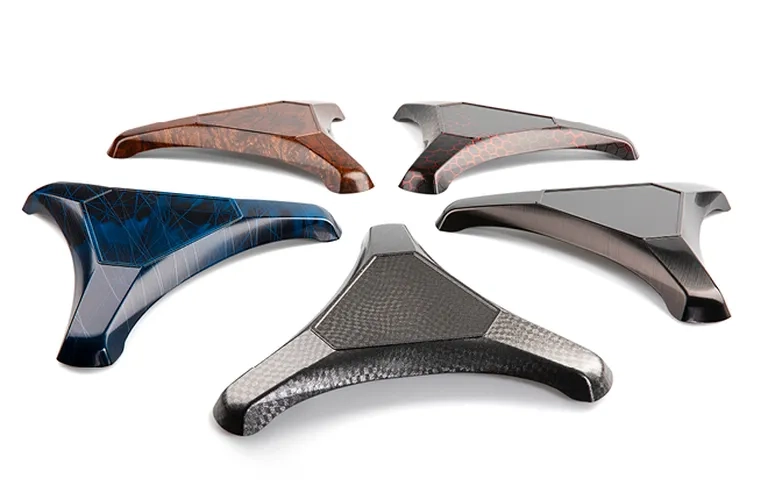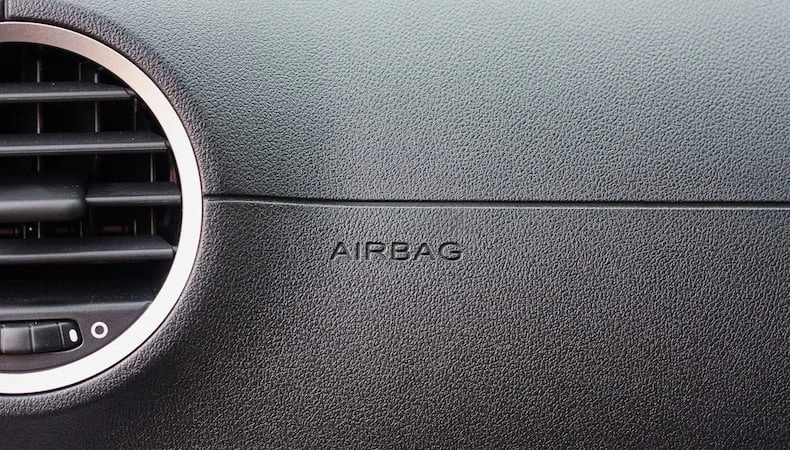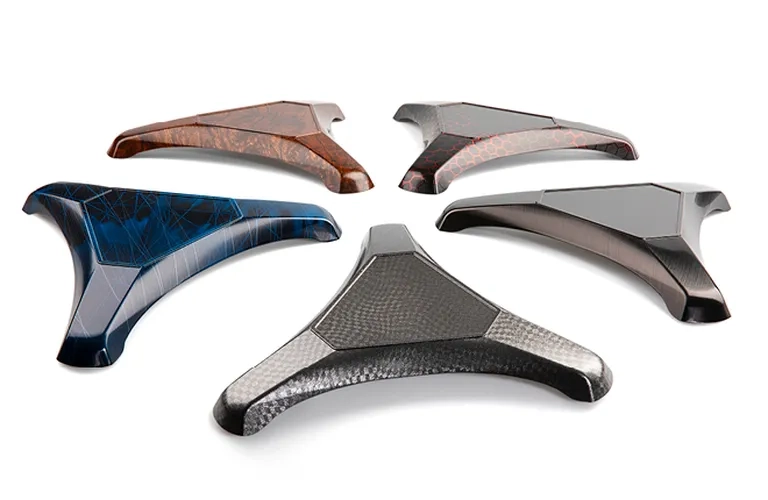Plastic injection molding is a common way to make lots of plastic parts. It’s great for creating pieces that are exact and steady. A big part of this is the surface finish. This changes how a product looks and works. It also affects how long it lasts. Choosing the right finish can make a part awesome or not so great. It decides if the part looks nice and does its job well.

What Are the Available Injection Molding Surface Finish Options?
Surface finishes for plastic injection molding follow rules from the Society of Plastic Industry (SPI). These rules split finishes into four groups—Grade A to D. Each group has a different feel and shine. There are many finish choices for custom parts. These can make parts smoother or rougher, depending on what you need.
Grade A: Glossy Injection Molding Surface Finish
Parts can get a shiny look with a method called diamond buff polishing. This uses a soft, gritty wheel that spins to make a bright surface. Not all plastics can get this shiny look, though. Materials like acrylic and polycarbonate (PC) polish well and look super sleek. But plastics like thermoplastic polyurethane (TPU) don’t hold up well. They can’t get that high shine.
Grade B: Semi-Glossy Injection Molding Surface Finish
If you want a little shine, a Grade B finish is good. It uses gritty sandpaper to give a mild glow. This works for plastics like ABS, HDPE, nylon, polypropylene (PP), and polystyrene. It’s a nice mix of looking okay and being easy to make.
Grade C: Matte Injection Molding Surface Finish
You can remove tool marks from parts without making them shiny. Use rough sanding stones for this. It creates a dull, matte surface with no sparkle. The look is even and steady. This finish is great for parts where looks aren’t super important, but a smooth surface is.
Grade D: Textured Injection Molding Surface Finish
Some parts need a bumpy or rough SPI surface finish. These patterns often come from sandblasting. It makes the surface grip better. Rough finishes help parts hold things tightly or make paint stick well.
Factors That Affect Injection Molding Surface Finish
Lots of things can change how a surface finish turns out for your molded part.
Tooling
The mold is really important for the finish. Steel molds, especially the strong, hardened ones, are needed for super smooth finishes like SPI Grade A. Softer aluminum molds often can’t do such fine work. They aren’t tough enough.
Material Choice
Not all materials for injection molding can get the same finish. Some plastics are great for smooth looks. Others are better for rough textures. Stuff added to the plastic, like fillers or colors, also affects how well it matches SPI grades.
Process Variables
Things like how fast the plastic is pushed in and how hot it gets can change the surface. Hotter plastic and quicker pushes usually make smoother surfaces. This means fewer flaws, like weld lines or flow streaks.
Functional Reasons
You might want a rough finish so paint sticks better. Also, bumpy surfaces help with grip. They stop slipping, which is important for tools you hold or parts that need to be safe.
Material Suggestions for Injection Molding Surface Finish
Picking the right material goes with the kind of finish you want. Here’s a quick guide:
- Grade A (Glossy): Acrylic, Polycarbonate (PC)
- Grade B (Semi-glossy): ABS, HDPE, Nylon, PP, Polystyrene
- Grade C (Matte): ABS, HDPE, Nylon, PP, Polystyrene
- Grade D (Textured): ABS, HDPE, Nylon, PP, Polystyrene, TPU
This list helps designers choose materials that work with specific SPI finish types from the start.

Injection Molding Surface Finish for Functionality
Surface finishes aren’t just about looks. They have real uses too.
These finishes can hide flaws from injection molding, like weld lines, sink spots, or flow marks. Rough surfaces also protect against scratches when parts are handled or shipped.
A bumpy finish helps paint stick better. It also gives grip for tricky shapes like undercuts. Plus, rough surfaces make parts last longer by hiding wear and tear.
FAQ
Q1: Can I change my desired surface finish after tooling has started?
Switching the finish after tooling begins might mean redoing molds. Or even replacing them. So, it’s best to decide early in the design stage.
Q2: Which material gives me the best glossy look?
Acrylic and PC are great picks for SPI Grade A glossy finishes. They work well with polishing methods.
Q3: Do textured finishes cost more?
Not always. Rougher finishes can sometimes save money. They work well for certain parts, especially if looks aren’t a big deal.
Q4: How does Silkbridge ensure quality control during production?
Our modern tools and strict checks make sure we meet the needs of fields like electronics, automotive, and medical devices.
Silkbridge’s Quality Injection Molding Services
At Silkbridge, we mix British ideas with Chinese production speed. Since 2014, our company has become a top name for high-quality manufacturing. We offer precise plastic injection mold-making services.
Our high-tech workshop has over 30 CNC machines. We also have EDM units and other great gear. This lets us build molds with awesome detail. We make over 30 million plastic parts each year. We use 100 advanced machines that range from 180 tons to 1200 tons. With ISO 9001 certifications, every item meets tough global standards.
Silkbridge stands out because we offer an all-in-one service. We handle product design, plastic making, electronics setup, and final assembly. We even offer shipping with DDP options. Clients work with one focused team from start to finish. This keeps things simple and ensures great results at every step.get in touch with us now on our business WhatsApp at https://wa.me/8618122838771 or call +86 8618122838771.



